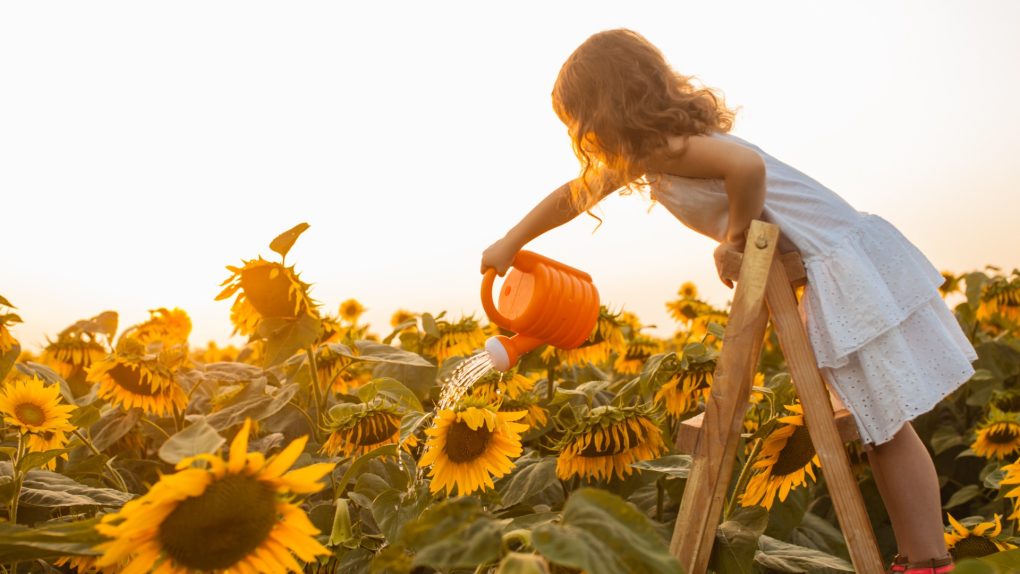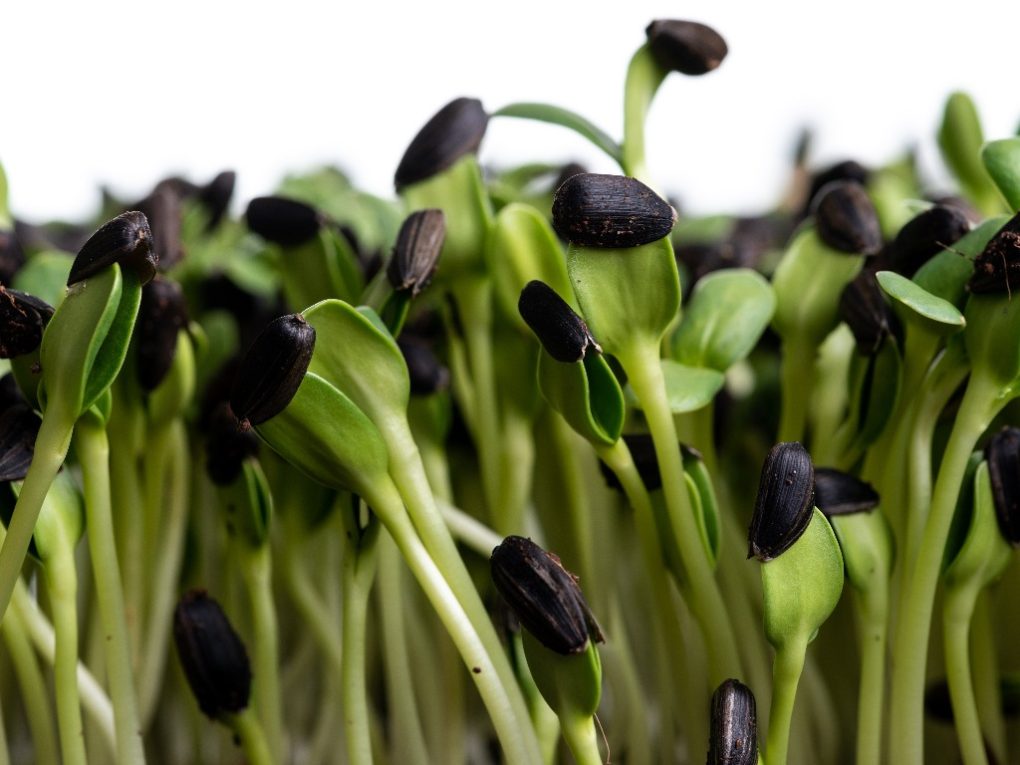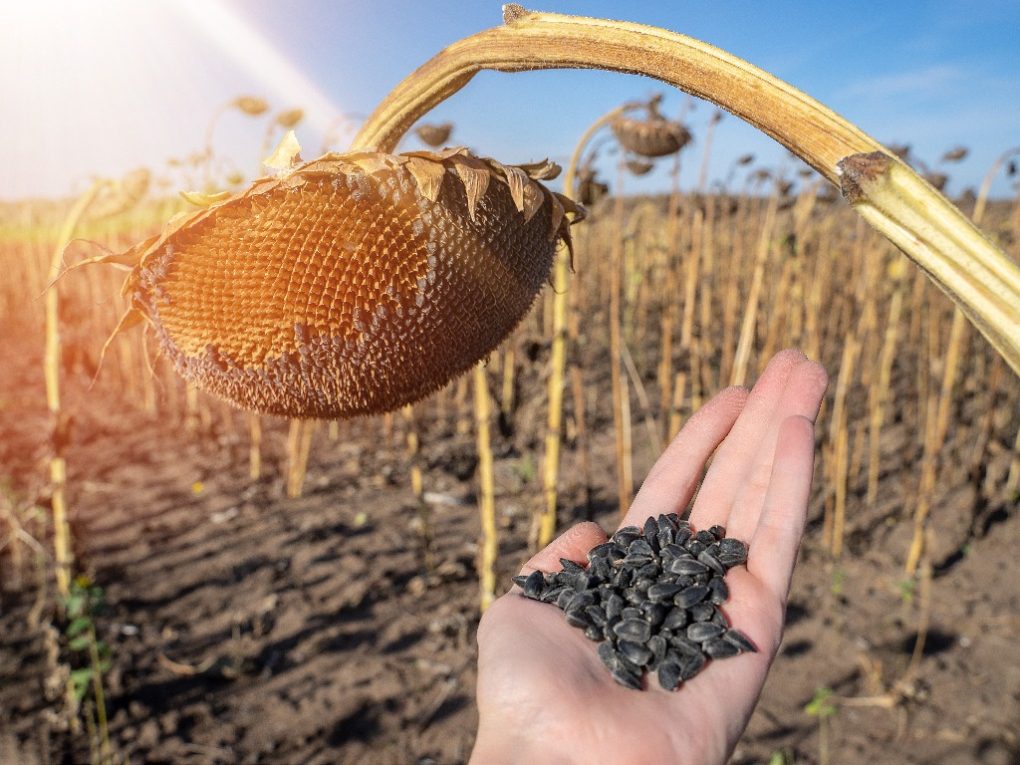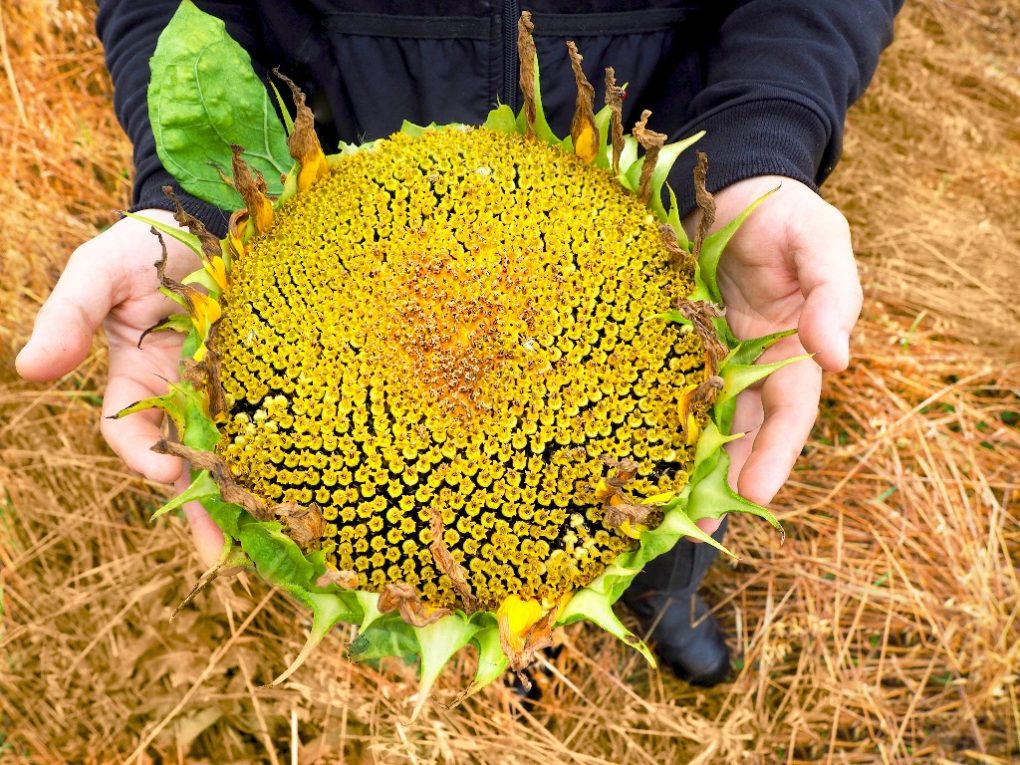How Long Does It Take for Giant Sunflowers to Grow: A Comprehensive Guide
Giant sunflowers are a popular plant for gardeners and farmers alike. They are known for their impressive height and the large flowers they produce. But how long does it take for giant sunflowers to grow?

Giant sunflowers (Helianthus annuus) usually take 70 to 100 days to grow from seed to full maturity, depending on the variety and growing conditions. The growth process can be divided into three main stages: germination, vegetative growth, and flowering.
Germination typically occurs within 7 to 10 days after sowing the seeds. Vegetative growth takes around 30 to 60 days, depending on the variety and environmental factors like sunlight, soil quality, and adequate water supply. Once the plant reaches maturity, it starts to produce flowers, which usually takes another 30 to 40 days. Factors like optimal sunlight, nutrients, and consistent watering can contribute to a healthy growth rate and larger flowers in giant sunflower varieties.
Table of Contents
Factors Affecting Sunflower Growth
Soil Quality
Soil quality is one of the most important factors affecting sunflower growth. Sunflowers grow best in well-draining soil that is rich in nutrients. The ideal pH range for sunflowers is between 6.0 and 7.5. Sunflowers may not grow well if the soil is too acidic or alkaline. Adding organic matter to the soil can help improve its quality and nutrient content. Compost, manure, and other organic materials can be mixed into the soil before planting to improve quality.
Watering
Watering is another important factor affecting sunflower growth. Sunflowers require regular watering, especially during the early stages of growth. Overwatering can lead to root rot and other issues, so avoiding watering too much is important. On the other hand, underwatering can cause the plant to wilt and stunt its growth. The best way to water sunflowers is to give them a deep watering once weekly rather than frequent shallow watering.

Temperature
Temperature is also an important factor affecting sunflower growth. Sunflowers grow best in warm weather, with daytime temperatures between 70 and 78 degrees Fahrenheit. Sunflowers may stop growing or even die if the temperature drops below 50 degrees Fahrenheit. On the other hand, if the temperature gets too hot, sunflowers may wilt and suffer from heat stress. Providing shade during the hottest part of the day can help protect sunflowers from heat stress.
Sunlight
Sunlight is essential for sunflower growth. Sunflowers require at least six hours of sunlight daily to grow properly. If they don’t get enough sunlight, they may grow weak and spindly, with small flowers. Planting sunflowers in a location that gets plenty of sunlight is crucial for their growth. If the location doesn’t get enough sunlight, adding reflective material around the plants can help increase the amount of sunlight they receive.
Sunflower Growth Stages
Giant sunflowers go through several growth stages before reaching their full potential. Understanding these stages can help you care for your plants properly and maximize their growth. The three main stages of sunflower growth are germination, vegetative, and reproductive.
Germination
The first stage of sunflower growth is germination, which begins when the seed is planted in the soil. It typically takes sunflower seeds 7 to 10 days to germinate, although this can vary depending on the variety and growing conditions. In this stage, the seed absorbs moisture and nutrients from the soil and begins to grow roots and leaves.

Vegetative Growth
Once the seed has sprouted, the sunflower enters the vegetative growth stage. During this stage, the plant focuses on growing stems and leaves. Sunflowers are known for their fast growth rate and can grow several inches per day during this stage. It’s important to provide your sunflowers with plenty of water and nutrients during this stage to support their rapid growth.
As the plant grows, it will develop a taproot that extends deep into the soil. This taproot helps the sunflower absorb water and nutrients from the soil, which supports the plant’s growth and development.
Reproductive Growth
The final stage of sunflower growth is reproductive growth, which begins when the plant starts to produce flowers. Sunflowers typically produce a single flower head containing hundreds of individual flowers. These flowers will eventually develop into seeds, which can be harvested and used for planting or eaten as a snack.
During this stage, it’s important to provide your sunflowers with plenty of sunlight and water to support the development of the flowers and seeds. Sunflowers are typically ready to harvest 90 to 120 days after planting, depending on the variety and growing conditions.
By understanding the different stages of sunflower development, you can ensure your plants reach their maximum potential. By providing your sunflowers with the right conditions and nutrients at each growth stage, you can help them grow tall and strong, and produce beautiful flowers and seeds.
Time Frame for Giant Sunflower Growth
Giant sunflowers are a popular choice for gardeners who want to add a touch of drama to their landscape. These majestic plants can reach heights of up to 16 feet or more and produce large, colorful blooms as wide as a dinner plate. But how long does it take for giant sunflowers to grow? The answer is that it depends on various factors, including the variety of sunflower, the growing conditions, and the time of year.
Days to Germination
The first stage of giant sunflower growth is germination. This is the process by which the seed begins to sprout and grow into a seedling. The time it takes for sunflower seeds to germinate can vary depending on the variety of sunflower and the growing conditions. In general, it takes between 7 and 14 days for sunflower seeds to germinate.
Days to Vegetative Growth
Once the sunflower seed has germinated, it will grow into a seedling. The plant will focus on developing its leaves and stem during this stage. The time it takes for a sunflower to reach the vegetative growth stage can vary depending on the growing conditions, but it typically takes between 2 and 3 weeks.
Days to Reproductive Growth

After the sunflower reaches the vegetative growth stage, it will focus on producing flowers. This is the reproductive growth stage of the plant. The time it takes for a sunflower to reach the reproductive growth stage can vary depending on the variety of sunflower and the growing conditions. In general, it takes between 60 and 90 days for a giant sunflower to reach full maturity and produce its first flowers.
Overall, the time it takes for giant sunflowers to grow can vary depending on various factors. For example, gardeners who want to grow giant sunflowers should choose a sunny location with well-draining soil and provide their plants with plenty of water and nutrients. With the right care and attention, giant sunflowers can grow to be a stunning addition to any garden.
Harvesting Giant Sunflowers
When to Harvest
Harvest giant sunflowers when the petals start to wilt and fall off and the back of the flower head turns yellow. The seeds should be plump and fully developed. If the seeds are still small and immature, waiting a few more days before harvesting is best.
The best time of day to harvest sunflowers is in the morning after the dew has dried off the flower heads. This will help prevent mold from forming on the seeds during storage.
How to Harvest
One way to harvest sunflower seeds is to cut the flower head off the stem with sharp scissors or garden shears. Leave about 6-8 inches of stem attached to the flower head.
Another method is to let the flower head dry out on the stem. Once the back of the flower head turns brown and the seeds are fully developed, gently twist or snap the flower head off the stem. Be careful not to damage the seeds.
Storing Sunflower Seeds
Before storing sunflower seeds, they should be thoroughly dried to prevent mold and rot. Spread the seeds on a flat surface and let them air dry for a few days. Alternatively, they can be dried in a dehydrator or oven at a low temperature.
Once the seeds are dry, they can be stored in an airtight container such as a glass jar or plastic bag. Store the container in a cool, dry place such as a pantry or basement. Sunflower seeds can be stored for up to a year if properly dried and stored.

| Harvesting Method | Pros | Cons |
| Cutting flower head off stem | Easier to handle and store | May result in smaller seed size |
| Letting flower head dry on stem | Larger seed size | More difficult to handle and store |
Overall, harvesting giant sunflowers is a simple process that requires patience and attention to detail. Following these guidelines ensures that your sunflower seeds are fully developed and properly stored for future use.
